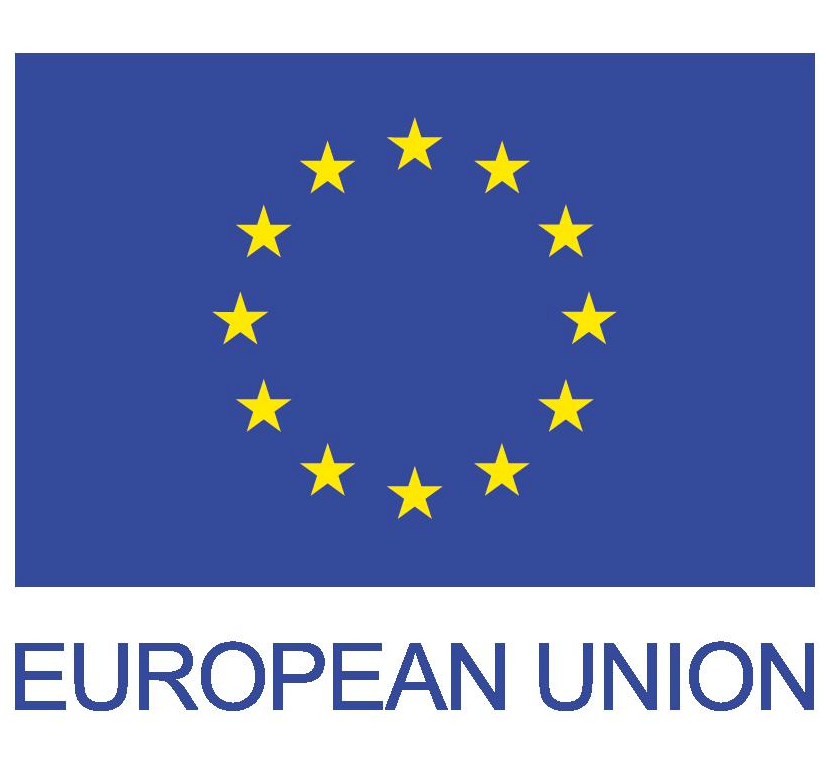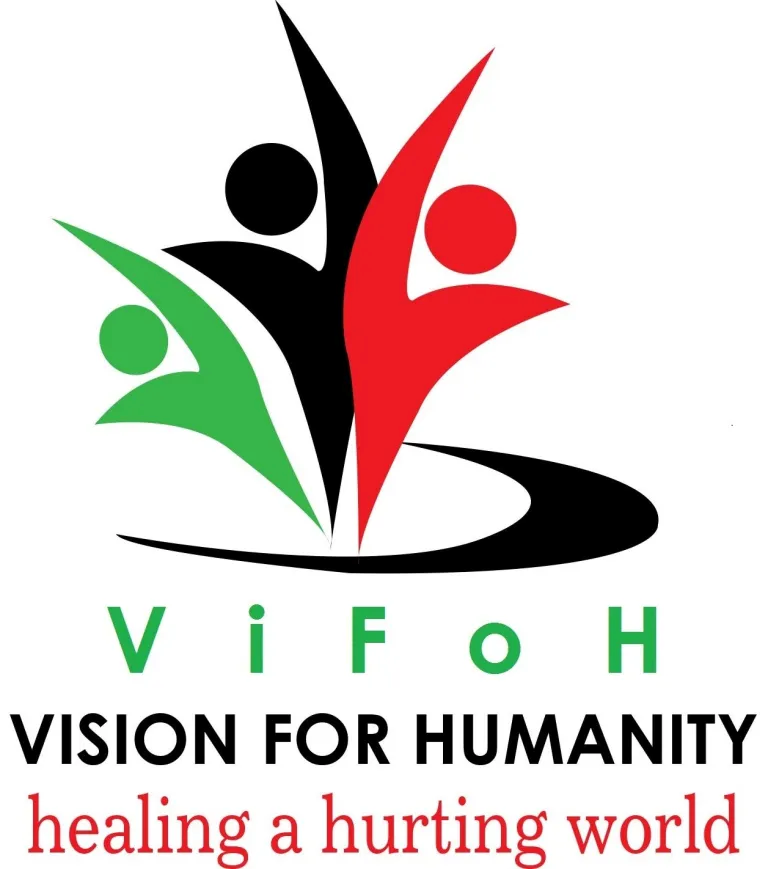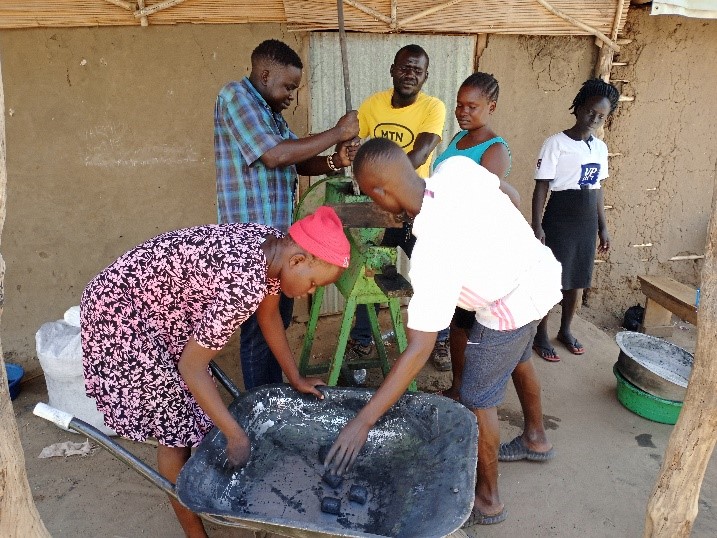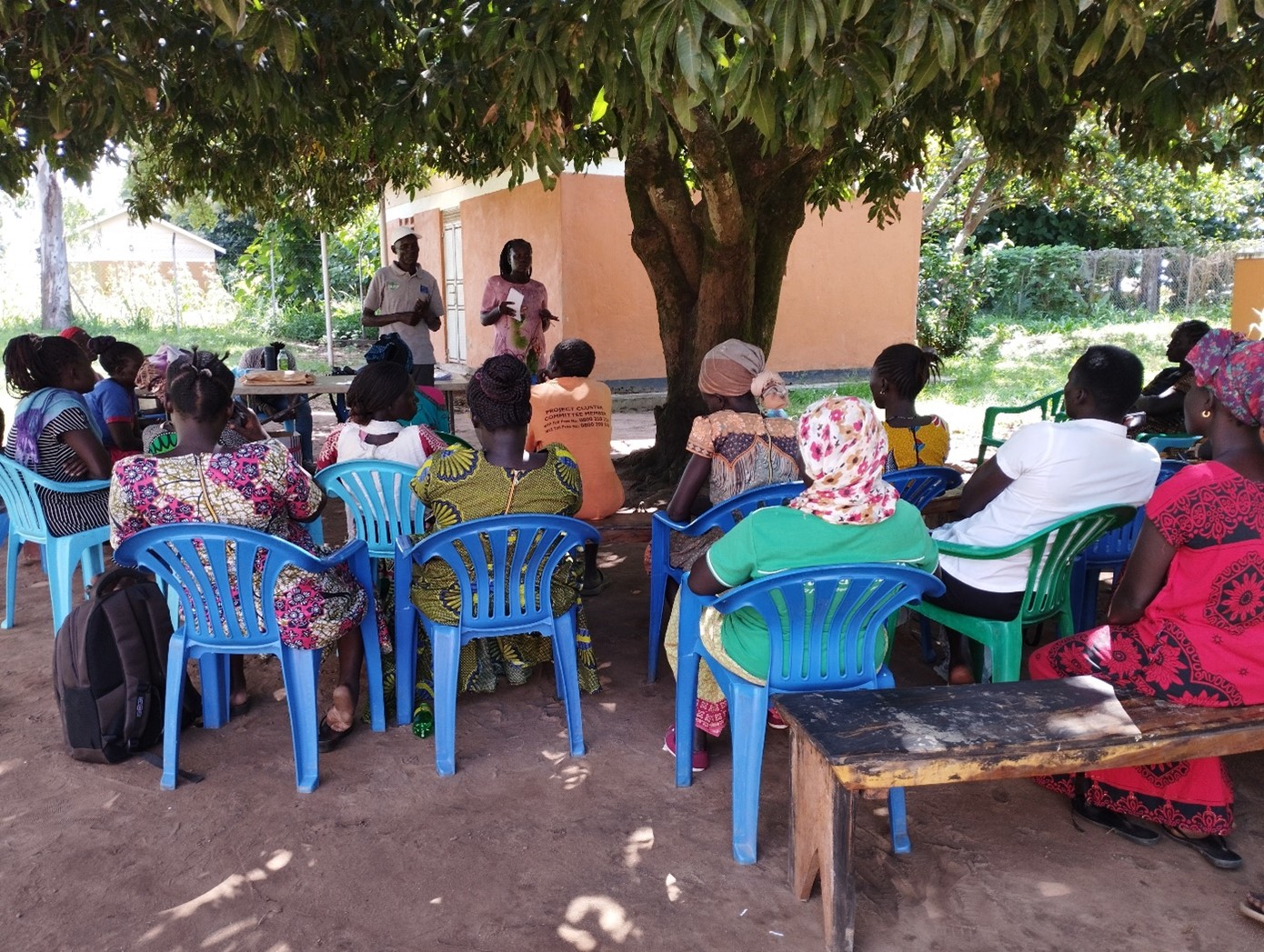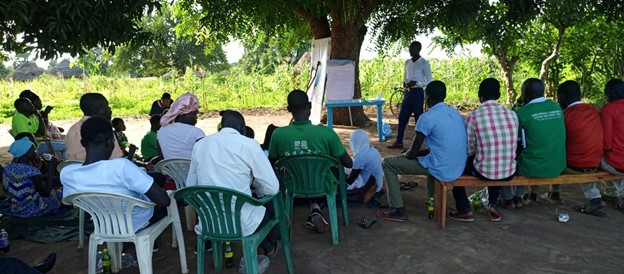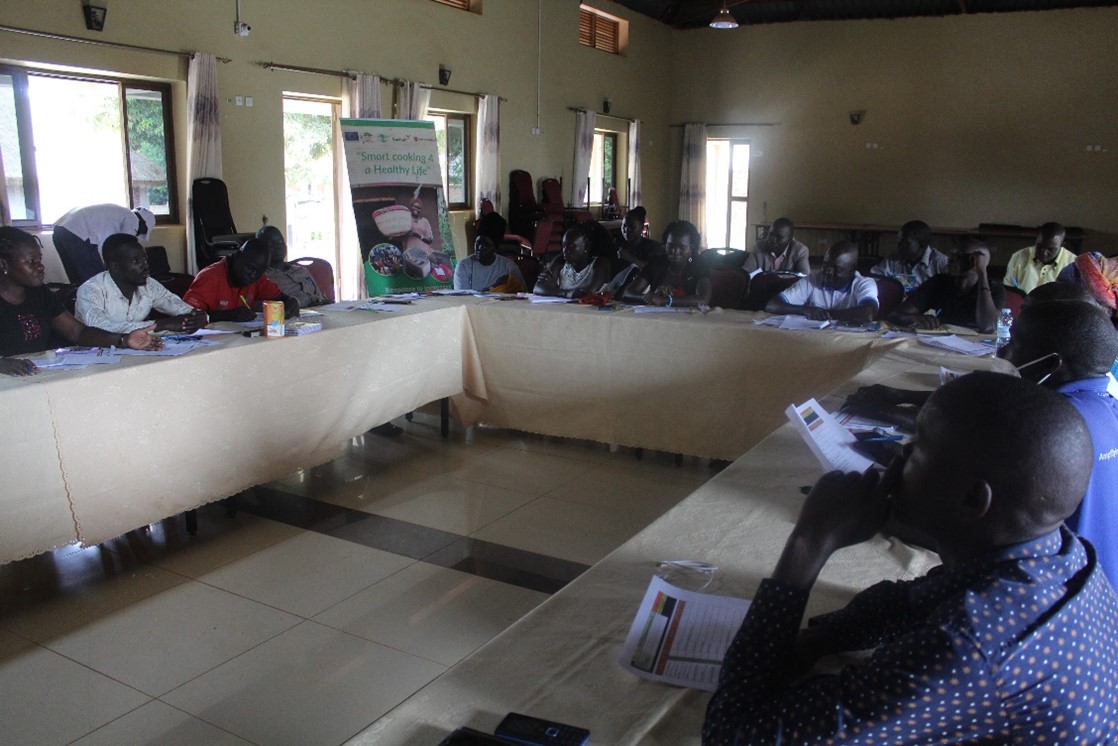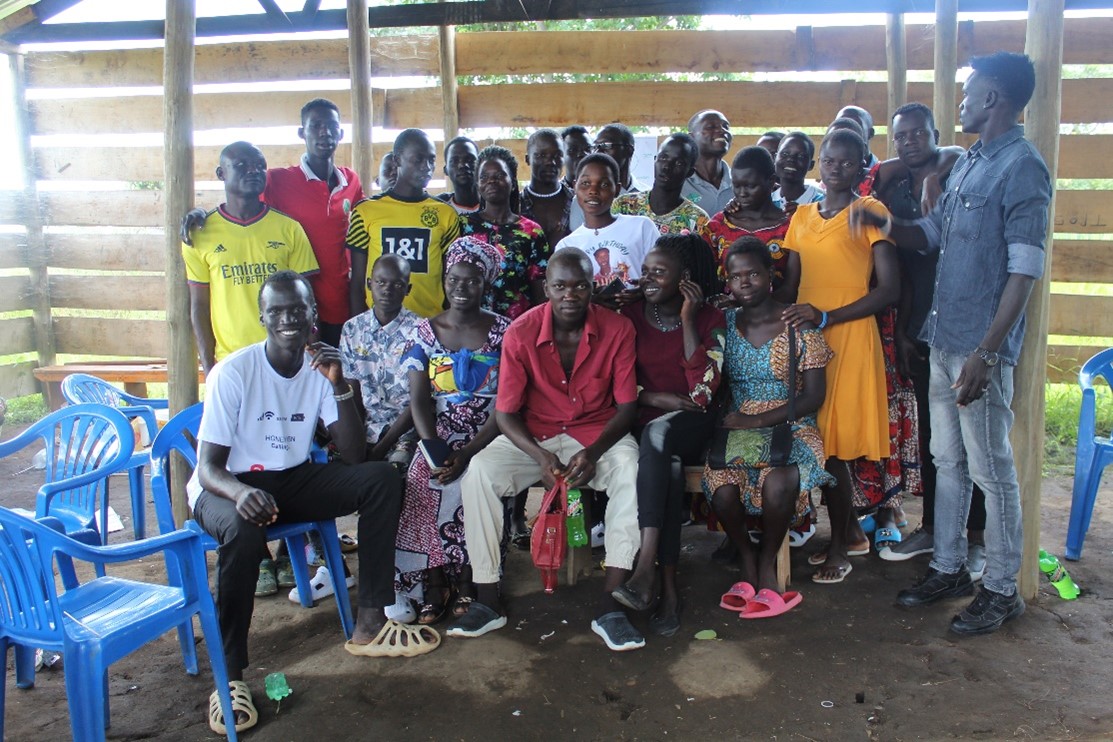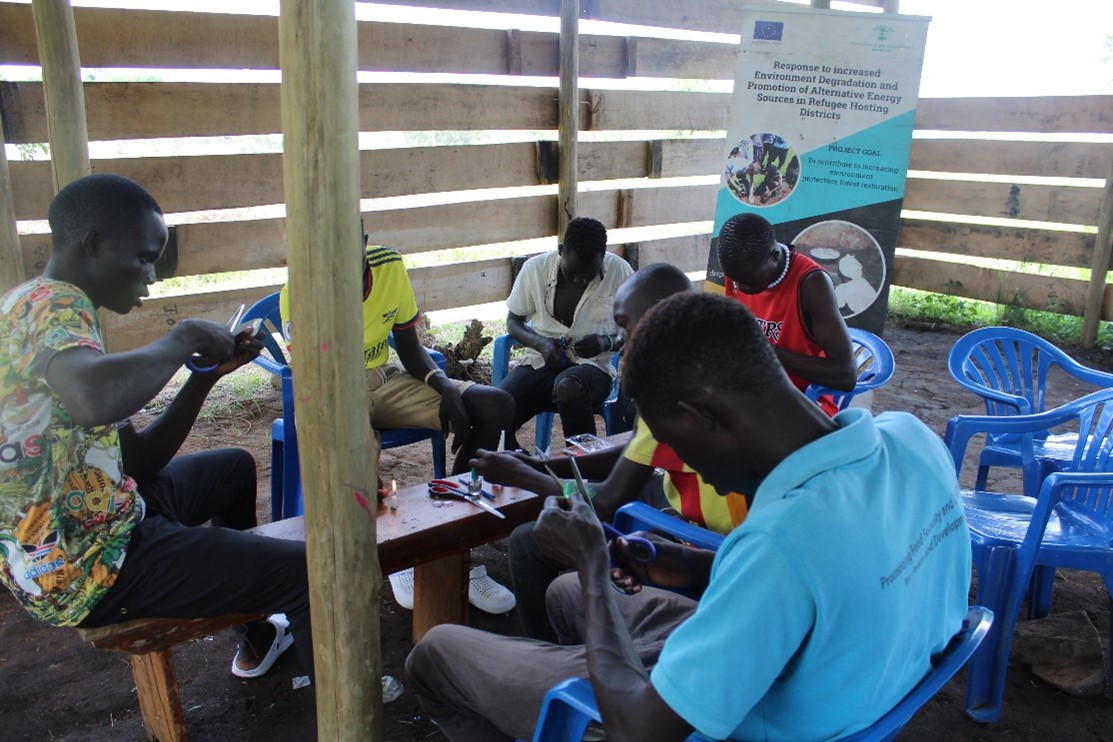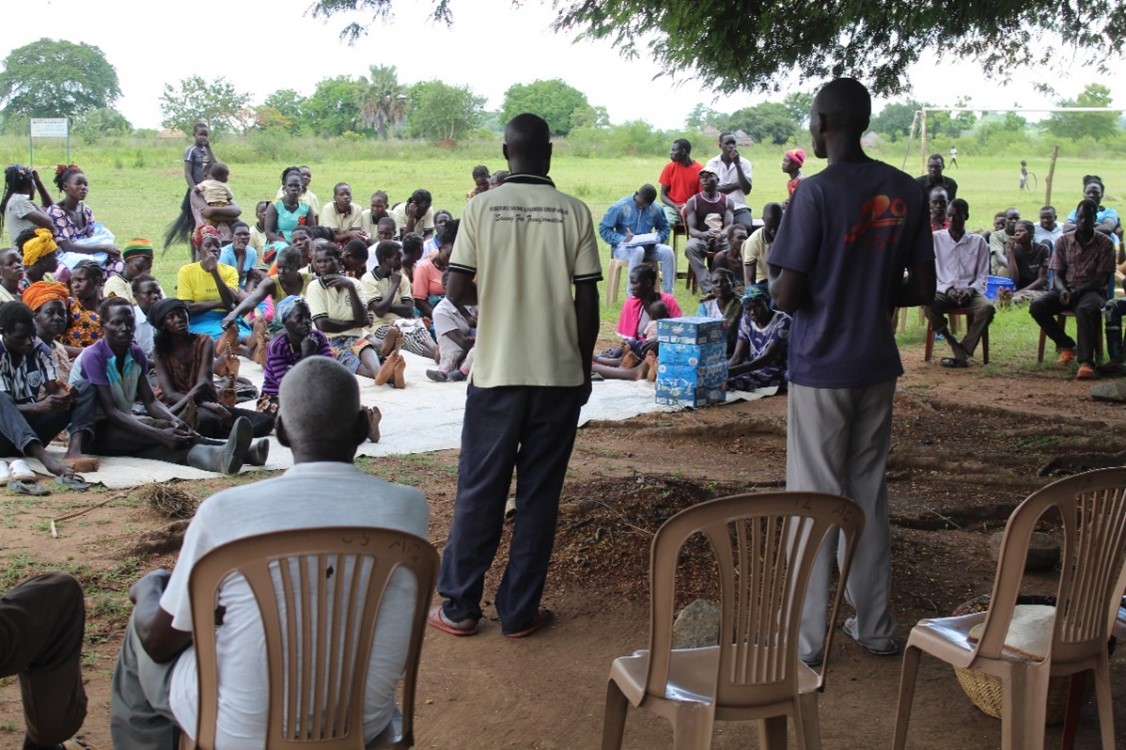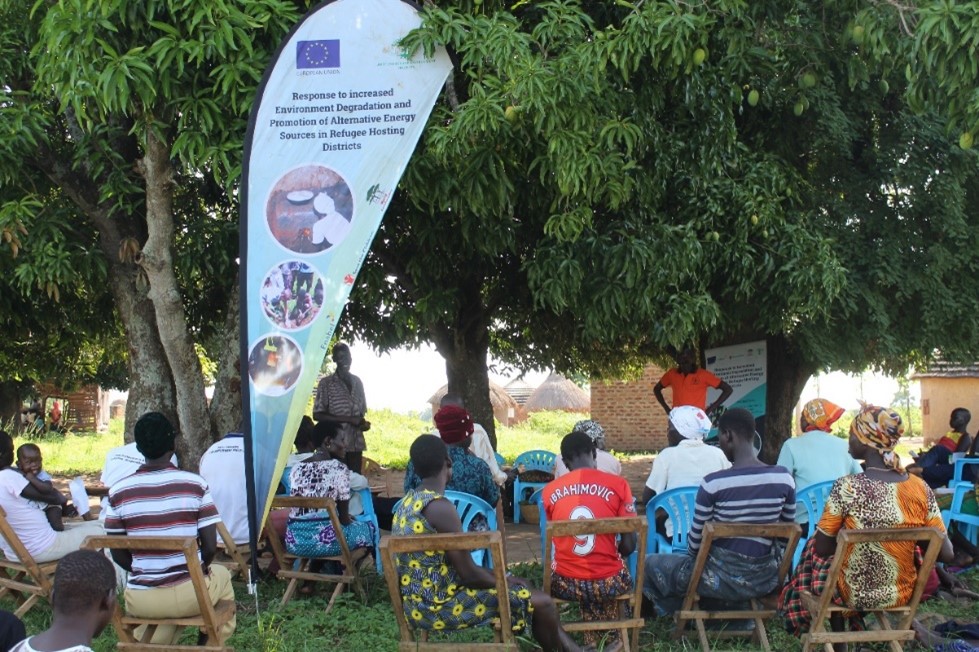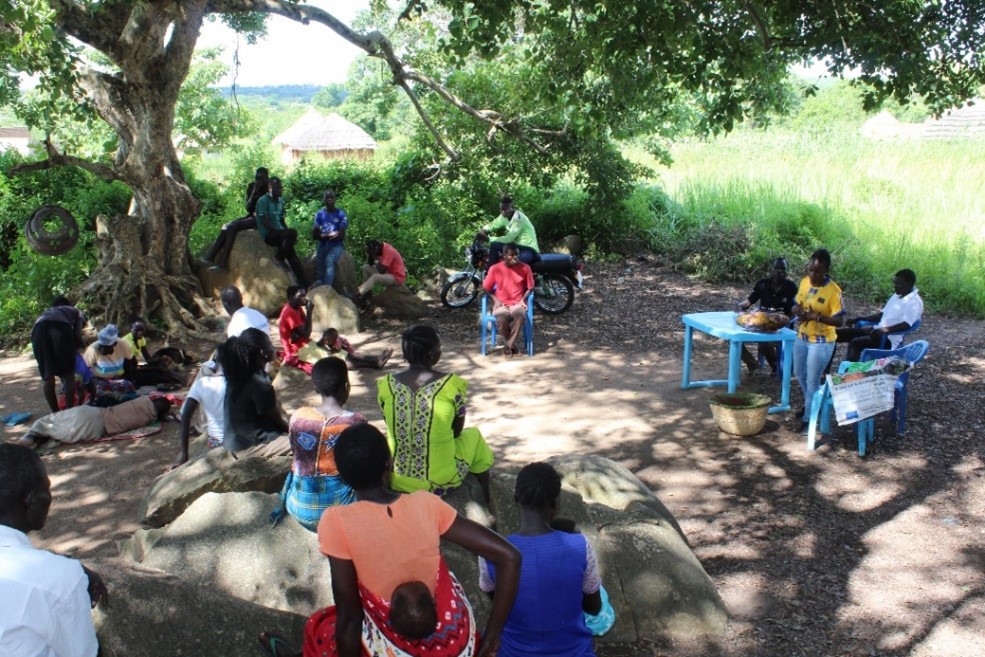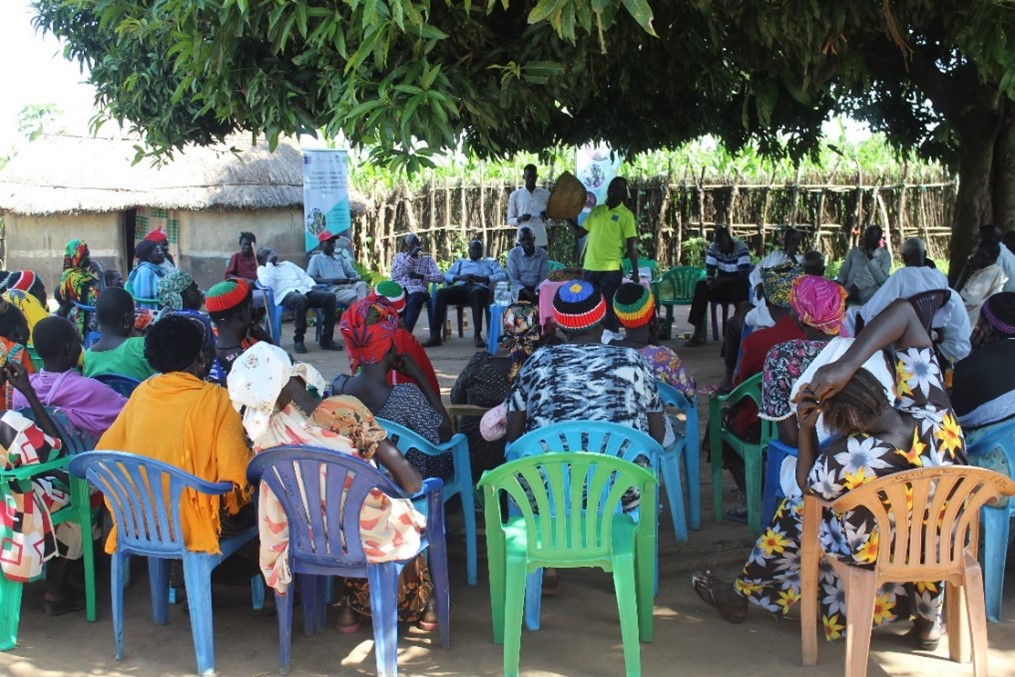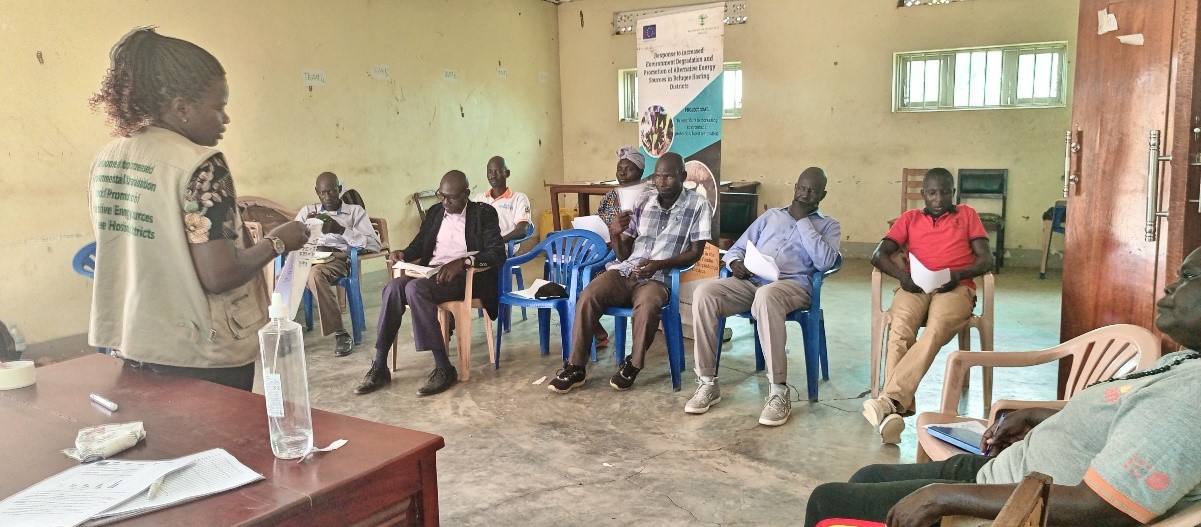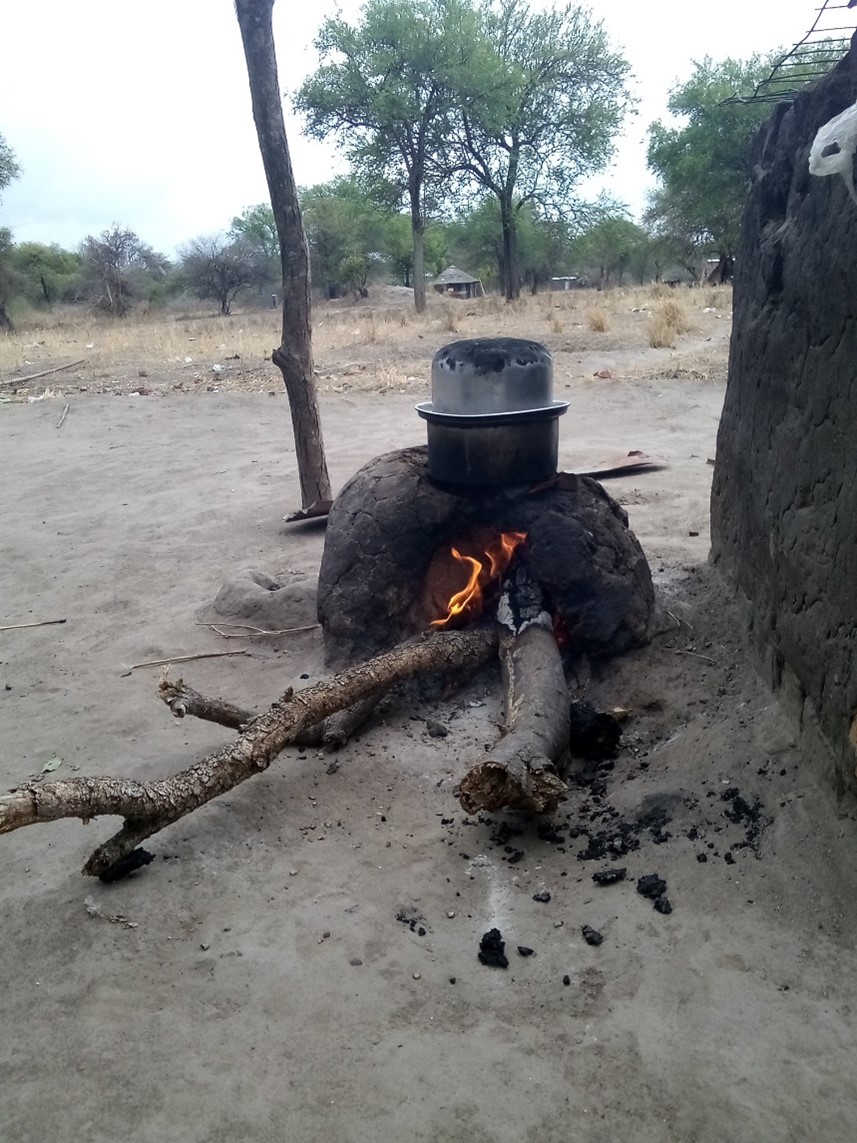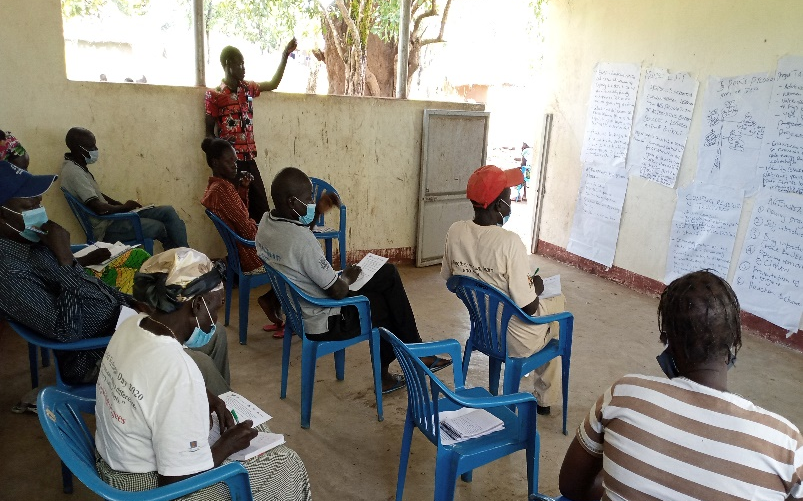Village Savings and Loans Associations (VSLAs) serve the purpose of bringing a collective-action element in organizing one’s savings, insurance, and investments. People interested come together and agree on a constitution and a weekly savings rate. With that money they than can give out social loans, invest and withdraw in times of emergency. Many of them, however, lack basic financial techniques like keeping a book of the funds.
Specific Objectives
• To Address the gaps identified during the feedback meetings • To strengthen the operations of the groups • To identify more capacity gaps and needs of the group
Conclusion
Many beneficent VSLAs were thankful for JEEPs training. Some groups were founded as early as 2019 but have never received training. One group even changed their constitution together with JEEP after the training. Many also groups didn’t charge interest on social loans and the social loans thus had a misconception of not being worth it. Overall, 144 individuals were trained in 8 locations. Their VSLA now has enhanced accountability mechanisms, like a book to document cashflow and new iseas on how to use the saved money.
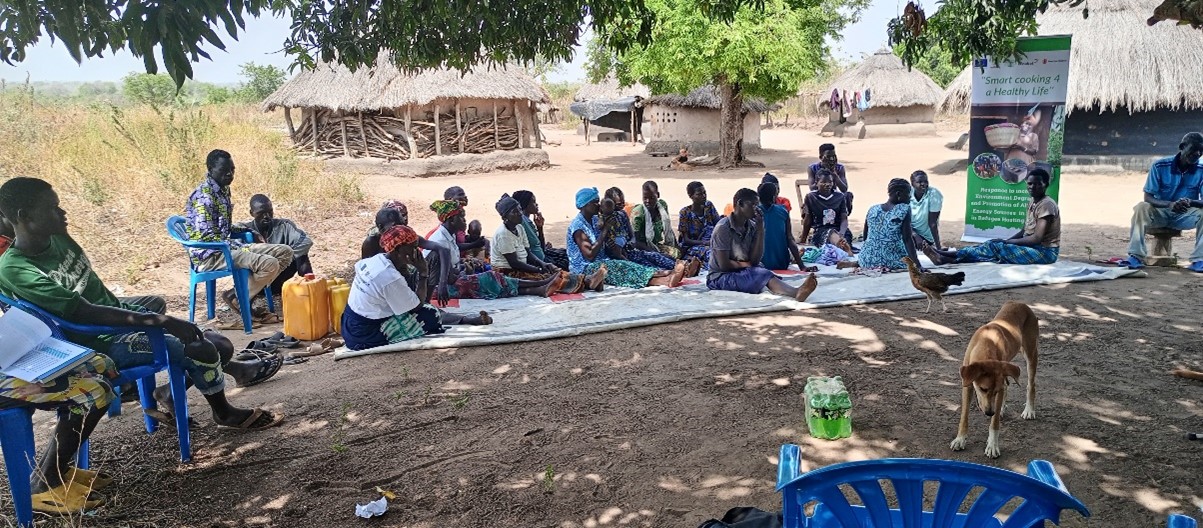
VSLA training with Amaira Group in Bikeri Ukusijoni sub-county.
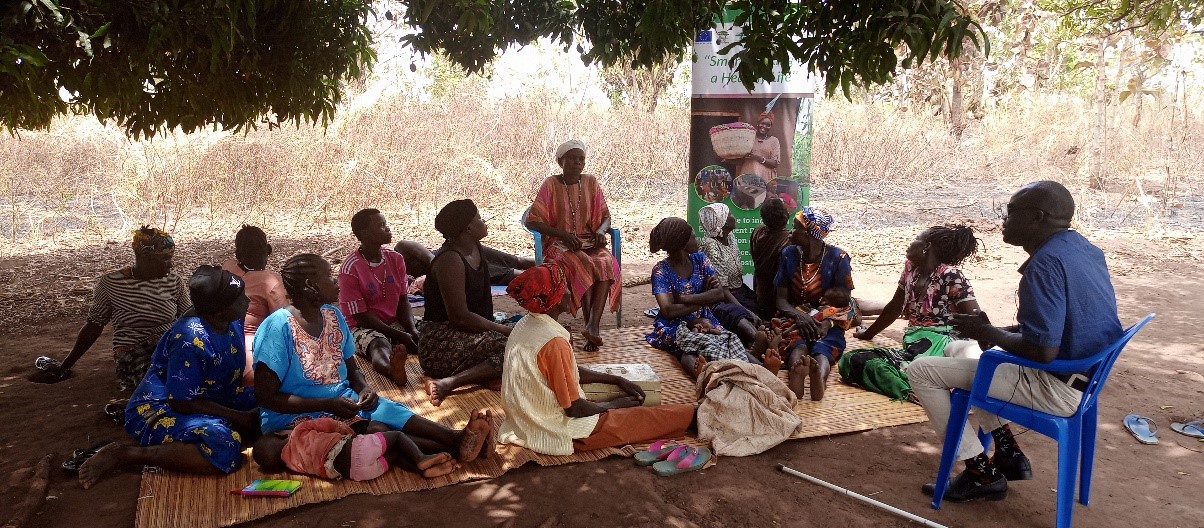
Training of Okukundruta women group I Maaji 1.

